
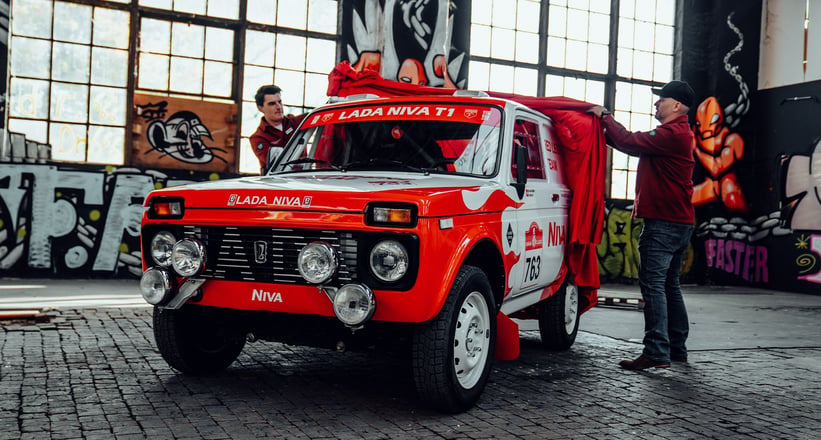
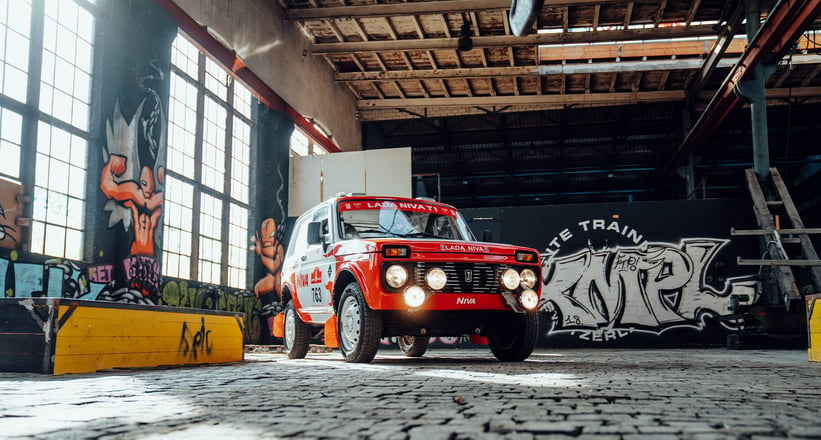
We’re less than two months away from the start of the 2022 Dakar Rally, but for Mario Jacober and Sladjan Miljic, the duo responsible for reviving LADA’s rally career, simply getting to the start line has been a year-long race against time in itself. Classic Driver has been following the Niva Red Legend Team from the start as media partners, so with their LADA Niva T1 finally fully assembled and ready for stress testing, we caught up with the privateer team to find out the challenges they faced in preparing for one of the most gruelling endurance challenges the world of motorsport has to offer.
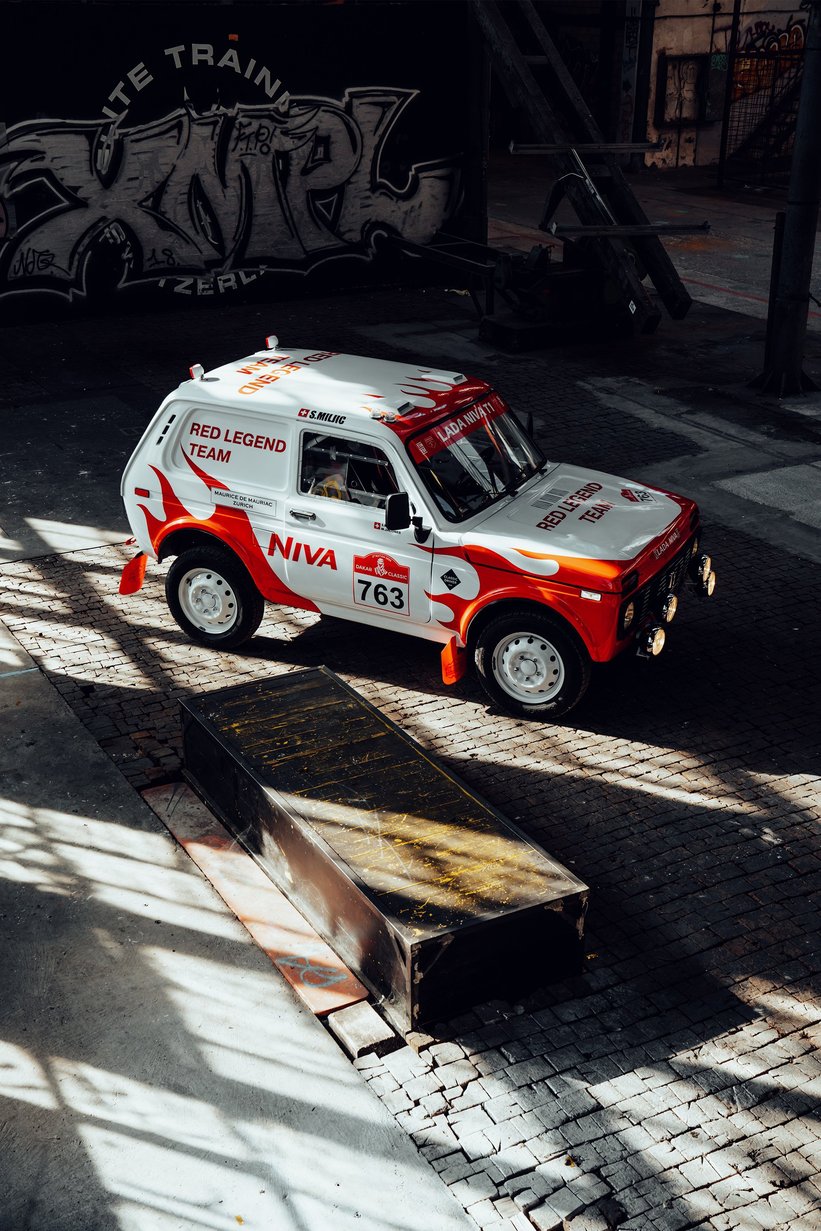
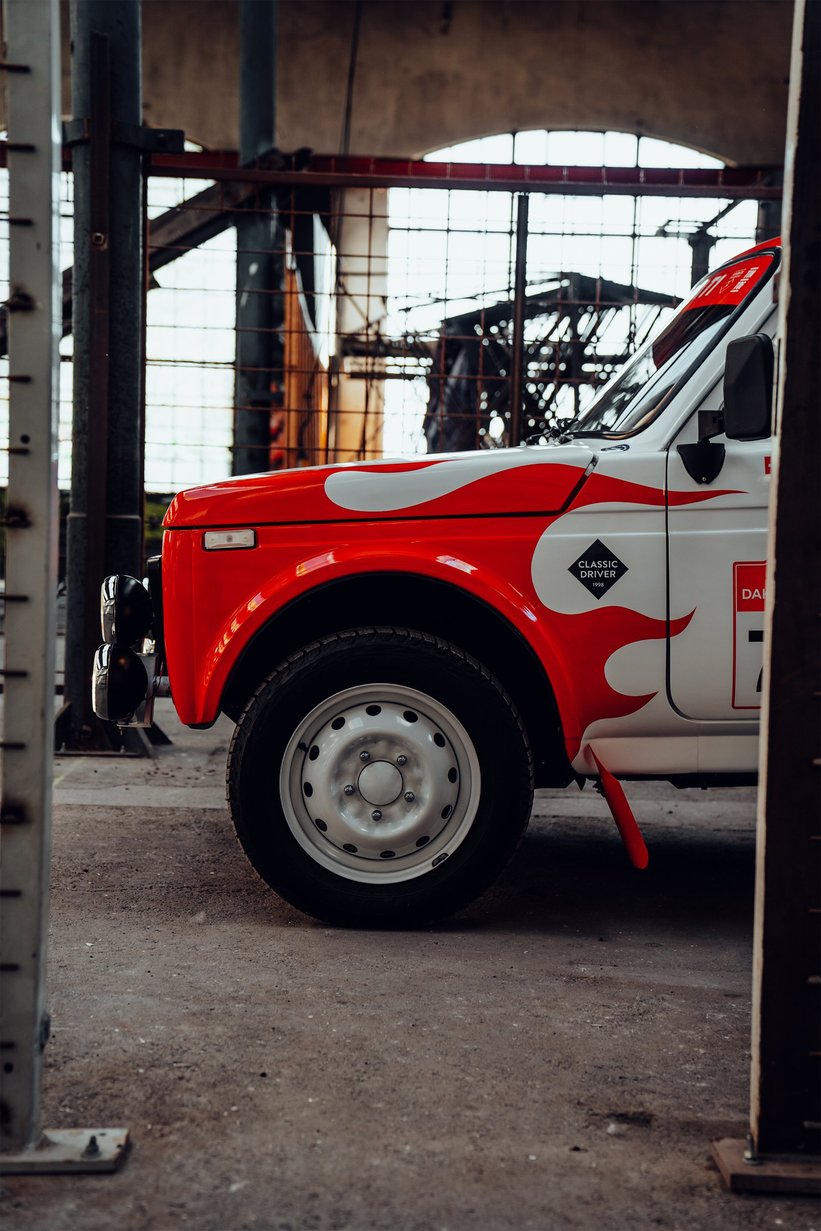
Mario, Sladjan, thanks for chatting with us today. Firstly, how did this all come about, and why did you choose a LADA?
Mario: "On January 5th of this year I went to Siberia to visit my wife’s relatives. It was one of the coldest winters on record and we all decided to go ice fishing. So, there we were on a frozen lake, and I noticed the only vehicles around me were LADA Nivas. I was just amazed that all how all these cars continued to work at -35 degrees celsius, I thought they must be pretty durable, and potentially a good car to rally. After doing some research I discovered that in the 80 Nivas were actually very successful at Dakar. However, I realised I would need a co-pilot, and that’s when I called Sladjan, who was like “that’s a crazy idea, let’s do it!”."
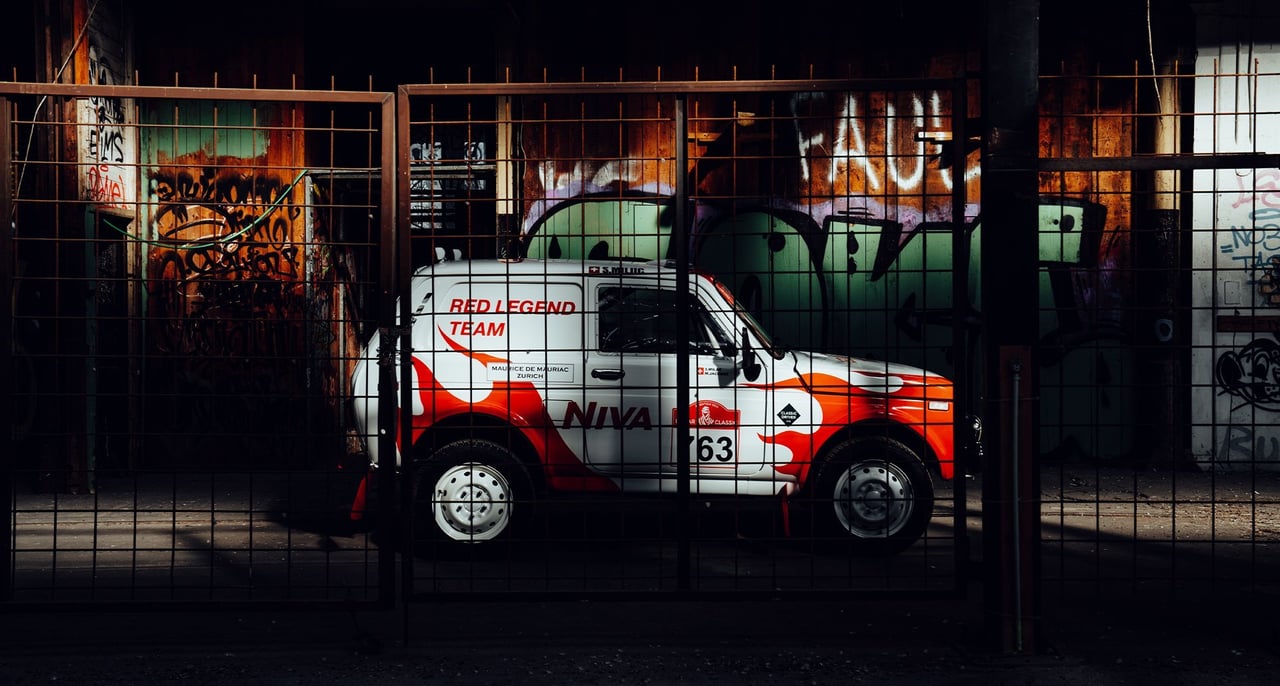
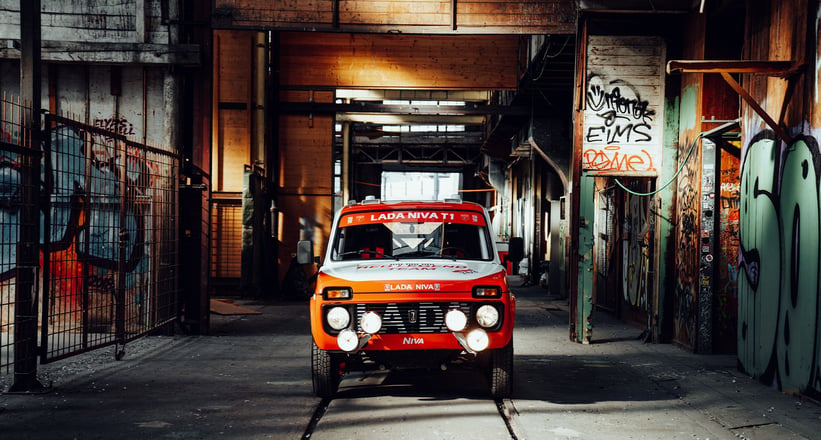
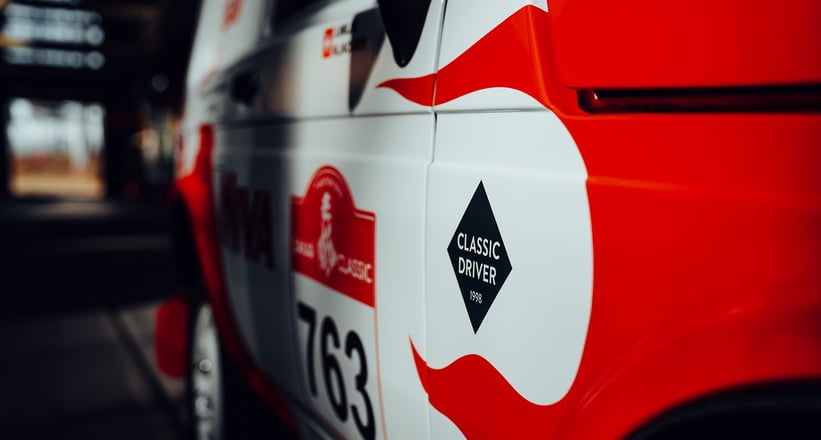
What a way to start an adventure! What makes the LADA Niva a great choice for the Dakar Rally?
Mario: "Firstly, the LADA Niva is a Russian SUV and secondly, my wife's family are in the automotive industry with a lot of experience with LADA Nivas. That's why we decided to build the Niva in Siberia.
"The Niva is also light and compact, so it rides over rough terrain with relative ease. It was actually first built so agricultural supervisors could go out into the countryside and inspect the various farms. It was also the first Lada to be produced entirely in-house and the first monocoque compact SUV, so it was quite advanced for it’s time. The Niva is also considered to be the oldest car still in production, they’ve been building it since 1977 — it even predates the G Class, which came out in '79.


How has the Niva changed over the years?
Mario: "There’s a multitude of different versions, it's sold as both a 3 door and 5 door. It used to have a 1.6-litre inline 4 cylinder, but now it’s a 1.7-litre and the most recent update to the car added a more comfortable and modern interior.
"In 1983, when Jacky Ickx won in his Mercedes G wagon, a LADA Niva placed 2nd and actually should have won due to a rulebook technicality, but the LADA team wanted a proper win. Our car is based on a 1984 LADA Niva 1600, so we’ll be competing in the H1 category of the Dakar Classic, which includes cars built up to 1986. We picked that car because we wanted to pay homage to the original LADA Nivas that raced at Dakar.
"In fact, in December 1978 / January 1979, during the first Dakar Rally, there were five privateer teams that participated in Nivas, and two teams actually managed to finish. One team then went back to France and contacted the LADA importer, which was Poch, and that’s how Poch got involved in Dakar and created a LADA-based team to compete."

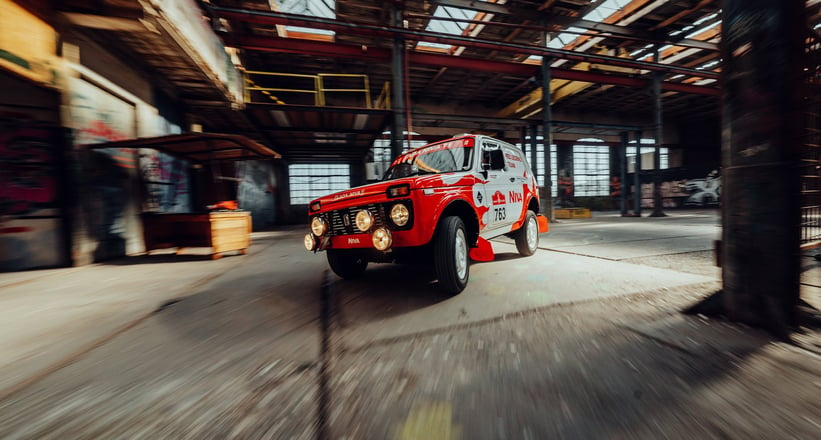
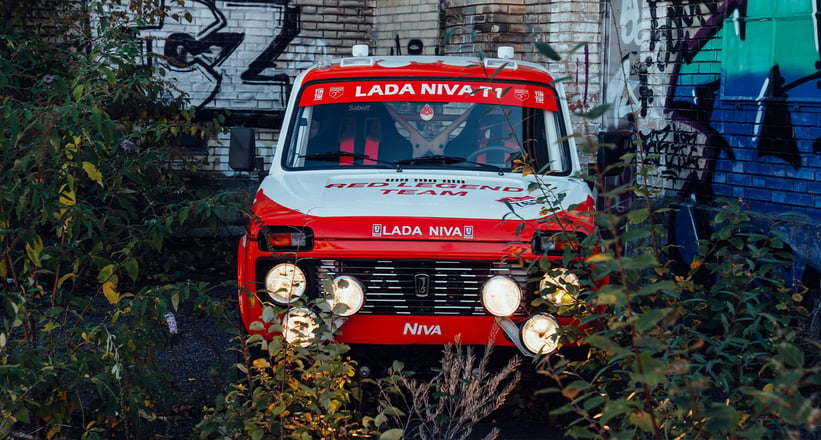
What are the biggest challenges you’ve had to overcome so far?
Mario: "Managing the car’s build in Russia remotely from Switzerland alongside our jobs has been the main challenge. There were a number of challenges we encountered while building the car from scratch, for example, we tried to stay true to the cars from the 80s and use the same roll cage, which eventually became too complicated because it didn’t meet modern safety standards. However, we have still managed to recapture some of the excitement of the privateer amateur teams taking up the challenge in '79 for the first time in the Dakar with a Niva that isn’t fully modified. We’re extremely grateful for all the support from LADA, our friends, and our family, who have helped us to get to this point, and in particular my Wife, who has given me a great deal of time and support to make this happen. To get everything done in 12 months has been a real race itself."
Sladjan: "Yeah, for me the biggest challenges related to logistics. You need race assistants and mechanics, and as we’re Dakar Rookies we had to do a lot of research. So, we made contact with a number of other teams who are competing to get support. Funnily enough, the team running a replica of the G Wagon Jacky Ickx drove in ’83 will also be supporting us, so it will be interesting having the LADA and Mercedes that competed in period in the same team. We also visited Roland Kussmaul and Wolf-Hendrik Unger who drove the #187 Porsche 959 in 1986 at Dakar, and they gave us some great insights and feedback."
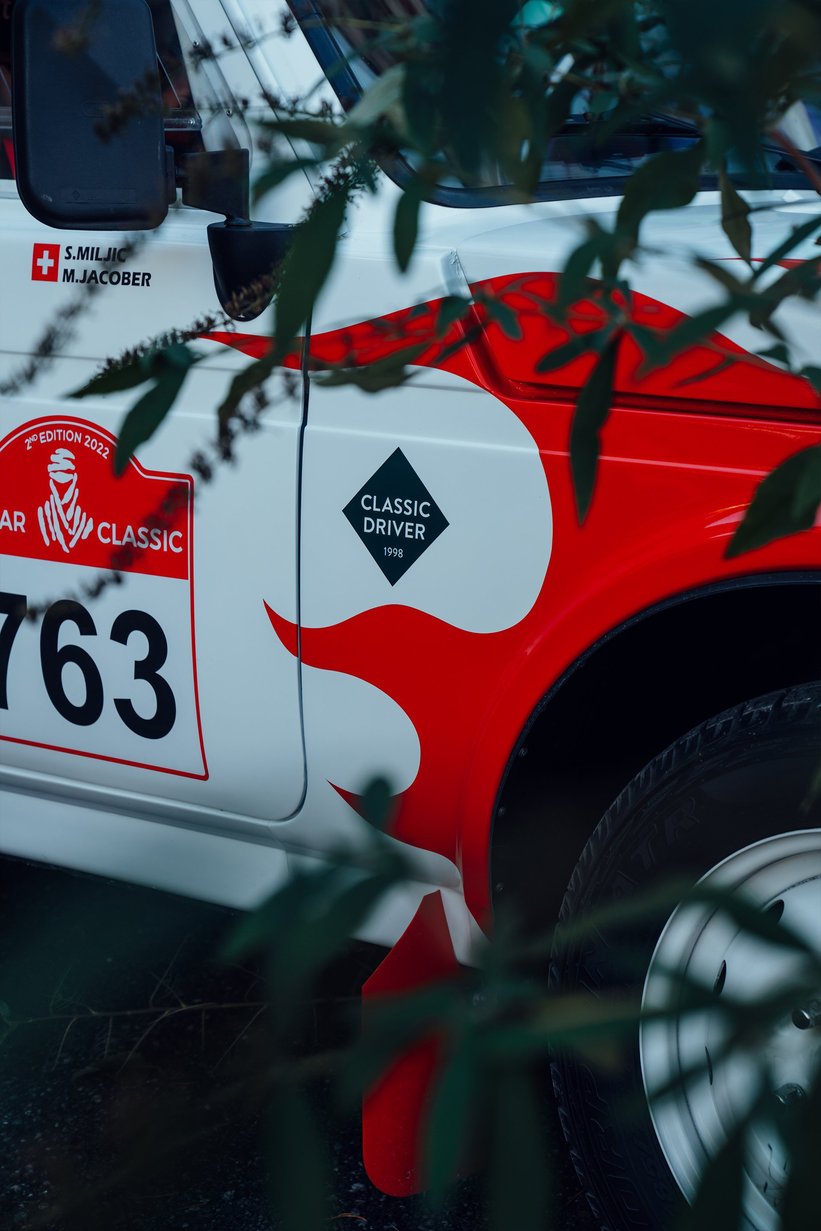
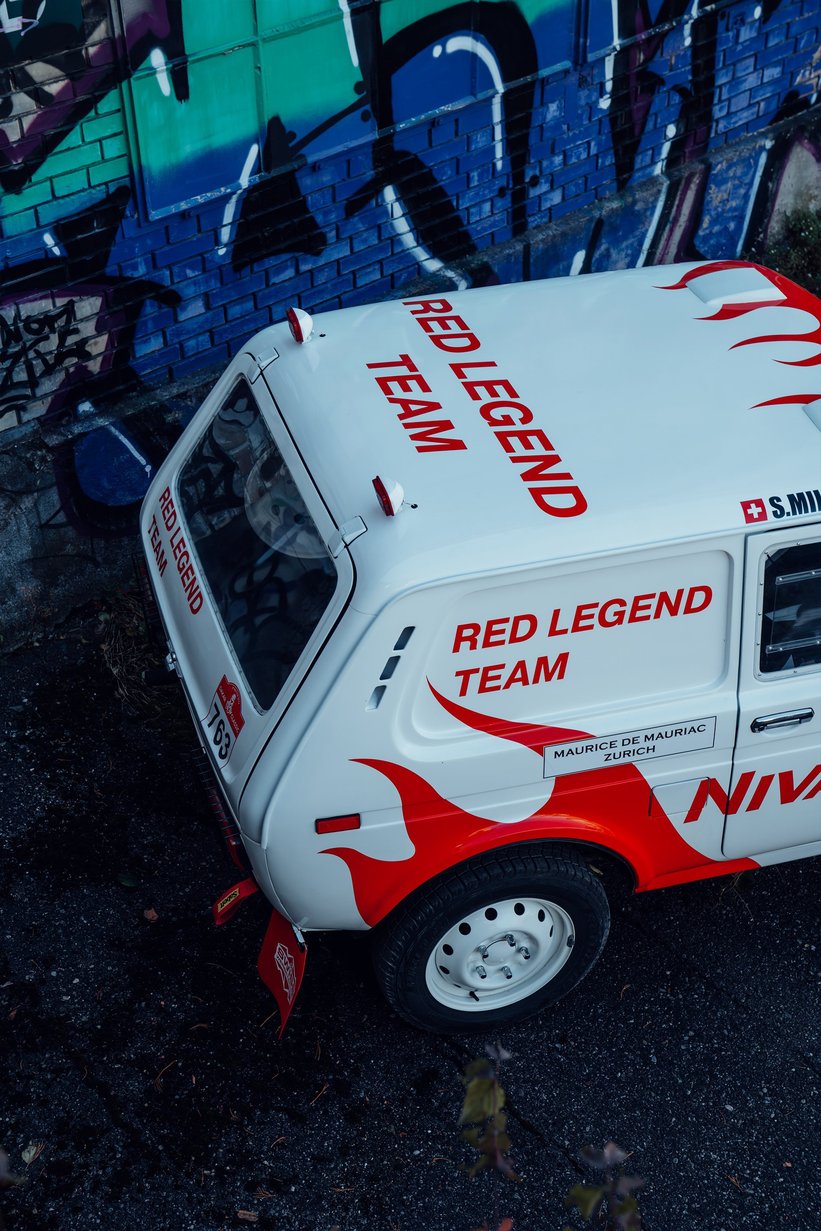
What are some of the modifications you’ve made to get the car ready?
Mario: "We tried to keep the car as close to standard as possible. We have overhauled the engine and reinforced the chassis where the dampers are, but we haven’t done anything to improve the performance really, we were mainly focused on improved our Niva T1’s durability. So, we also have an electric fan at the front and an electric fuel pump as a backup.
"The main thing is trying to keep the car as light as possible, so the hood, doors, and boot lid are fibreglass, and the interior has been stripped. However, the wheels are standard and we’re even using the same Pirelli tyres they used back in the day. We also have a custom 110 litre fuel tank that gives us 800-1000km of range."
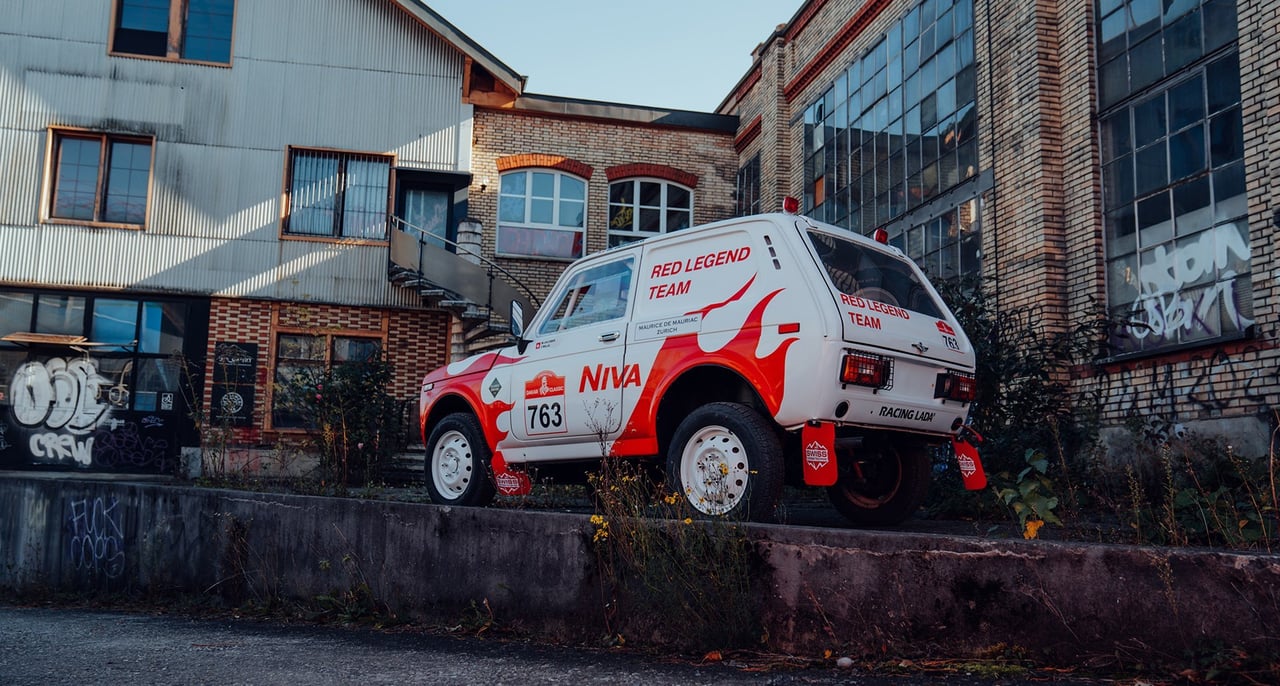
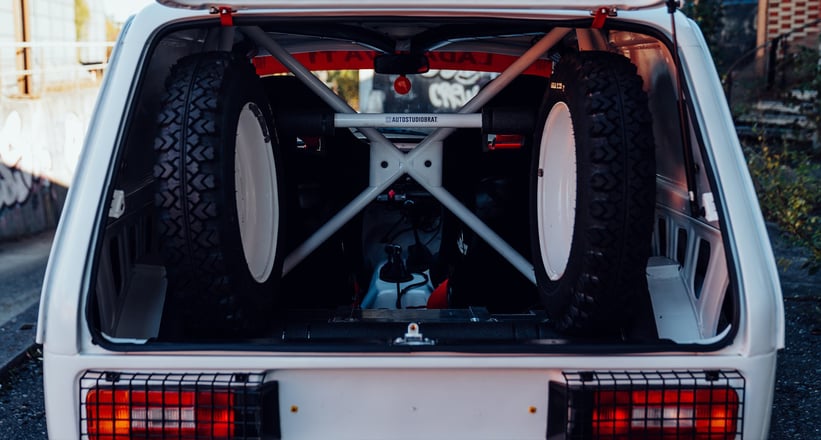
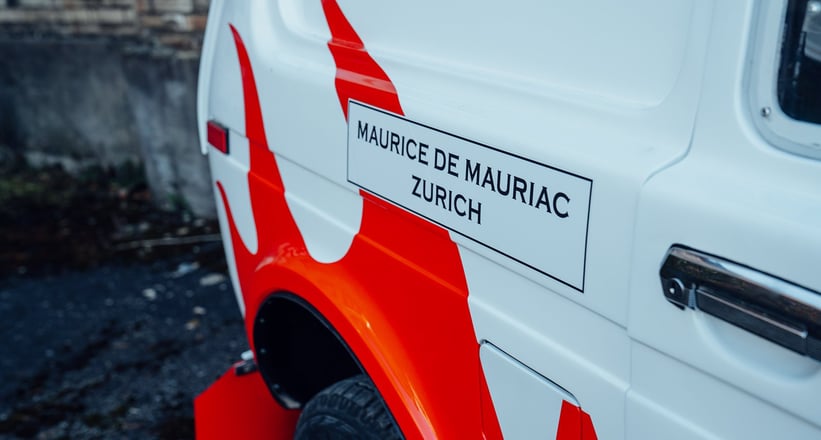
Are there any aspects of the car that you’re still unsure about ahead of Dakar?
Sladjan: The big challenge is making sure dust doesn’t get into the engine, so we have installed a special filtration system. We really don’t want to break down because of the desert dust, so that’s something we will still need to test - in Siberia there’s a lot of snow but not much sand. The best way for us to prepare now is to continue training, testing, and learning from the other teams' advice.
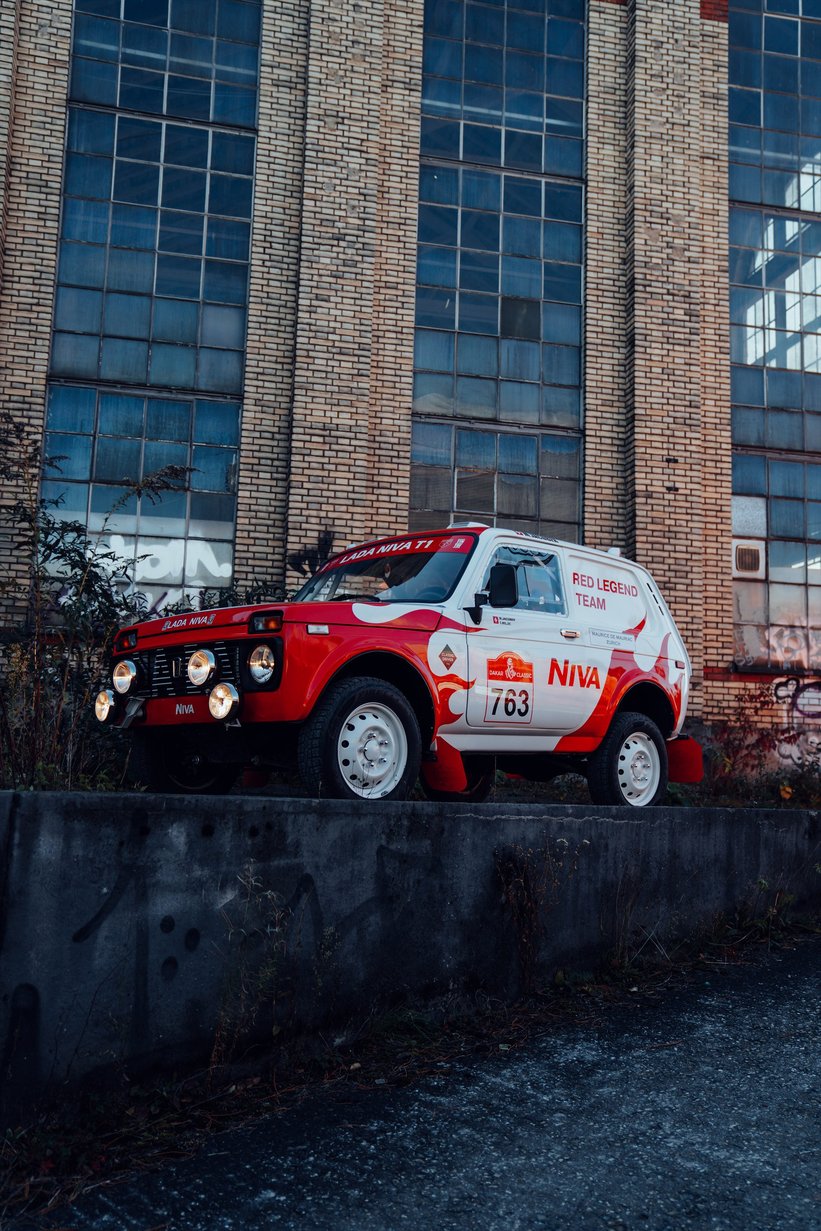
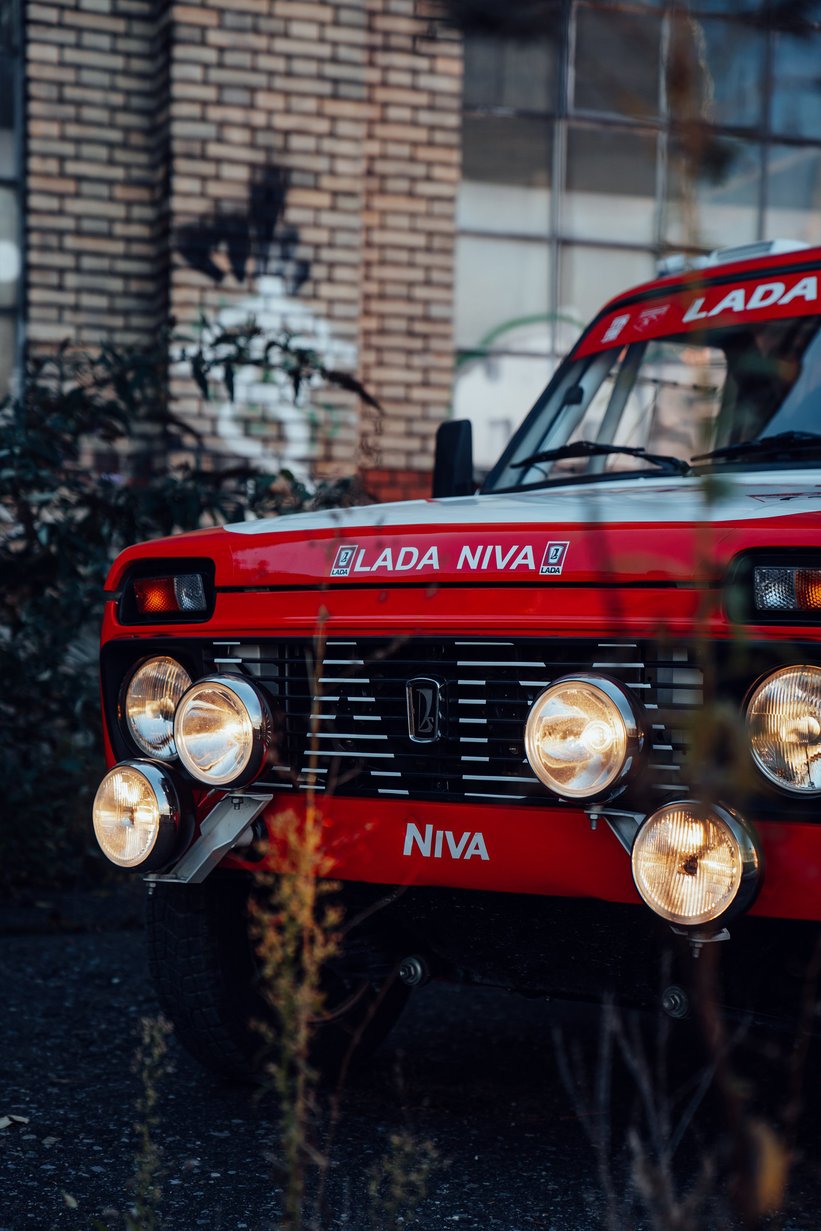
What are the Niva’s biggest competitors?
Mario: "The Dakar Rally has now officially announced all the participants of the Dakar classic, and I think there are now around 145 in all the categories up to 2000. We see a lot of Range Rovers and Land Rovers, and a lot of G Wagons, and there are also a bunch of Mitsubishi Pajeros, but those cars aren’t in the same category as us. Mainly we’re keeping our eye on the Land Rovers and G Wagons."
Sladjan: "A dark horse might be the Fiat Panda 4X4, which I love, so it will be interesting to see how that does."
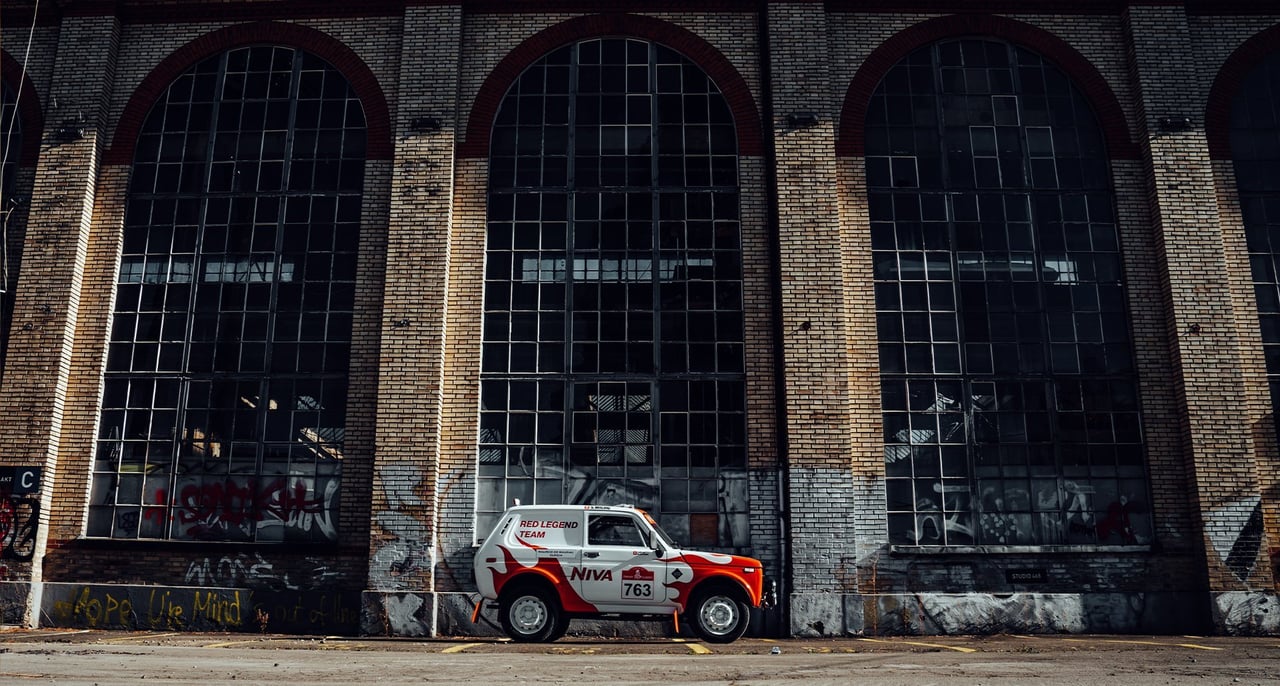
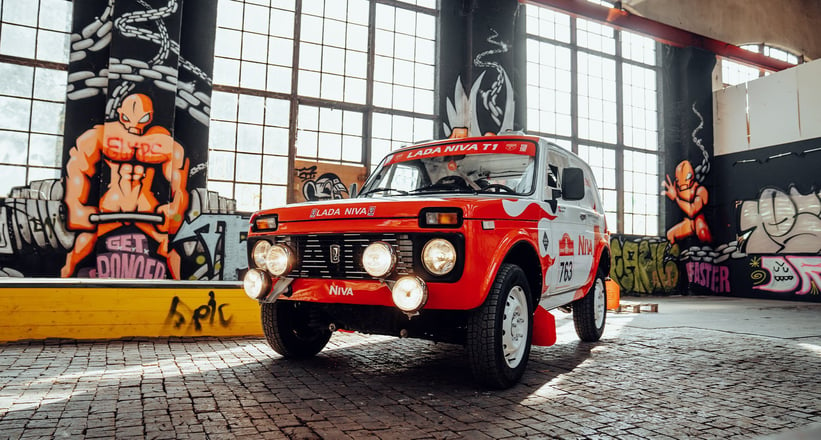
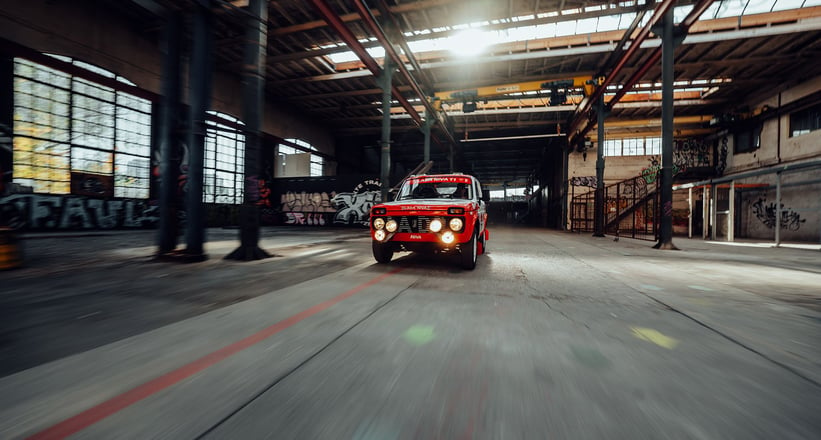
You’ve received a lot of support already, was that a surprise?
Mario: "We met a lot of our partners through our experience and networks in Switzerland. Sladi actually organised a road rally called Road to Hell, and that’s how I got to know him. Just being in the classic car community in Switzerland has been a great help.
"When we were testing in Siberia, the local media caught wind of what we were doing and were like “these two Swiss guys are bringing LADA back to Dakar”. That’s how we got the attention of LADA itself and agreed to make something together, and so that’s how we designed the livery that reflects the heritage of the LADA sports racing teams. The Flames are reminiscent of the LADA T3 that was raced in ’95 by LADA themselves. We tried to incorporate LADA’s sports DNA into our car as much as possible. That’s how we got the name Niva Red Legend - paying tribute to the privateers that pioneered the Dakar during those days of pure rally. We are very fortunate and grateful for the support of LADA and were heartwarmed to see all the support and wishes from the Russian people during our "Road to Dakar"!"
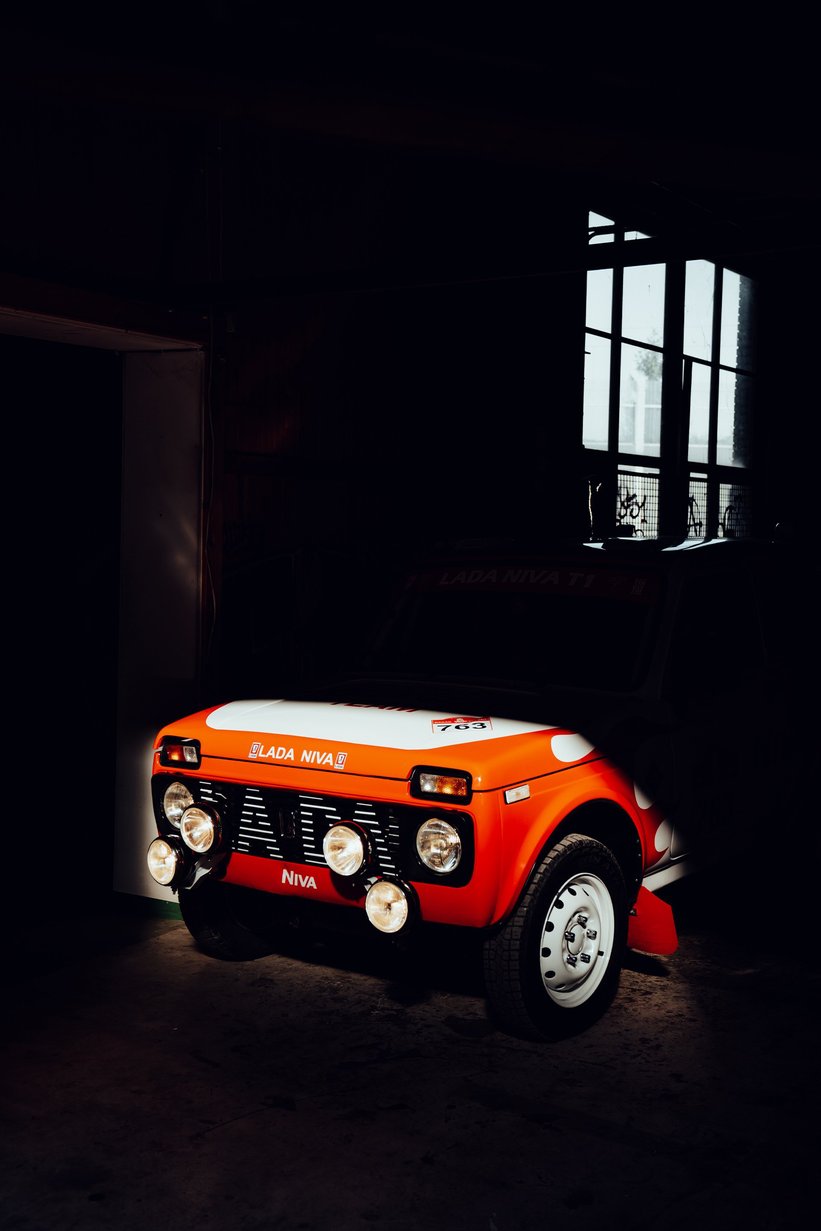
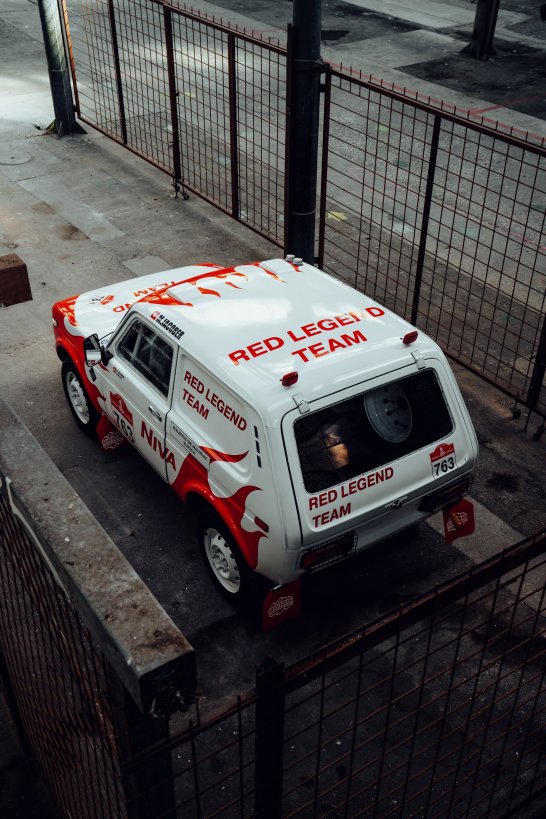
LADAs are known for being bulletproof, have you seen that so far?
Mario: "The car was in Russia, so the mechanic actually drove to LADA headquarters in Tolyatti and we then drove the Niva T1 back to Switzerland from there. We drove a total of 5,750 kilometres, which was a great test for the car. Last weekend we were testing in a Quarry, we’ve just been trying to test as much as possible, and so far the car has been handling these conditions perfectly."
Sladjan: "That drive from Russia to Switzerland was really the perfect test, it allowed us to familiarise ourselves with the car and we now know how it handles some rougher terrain."
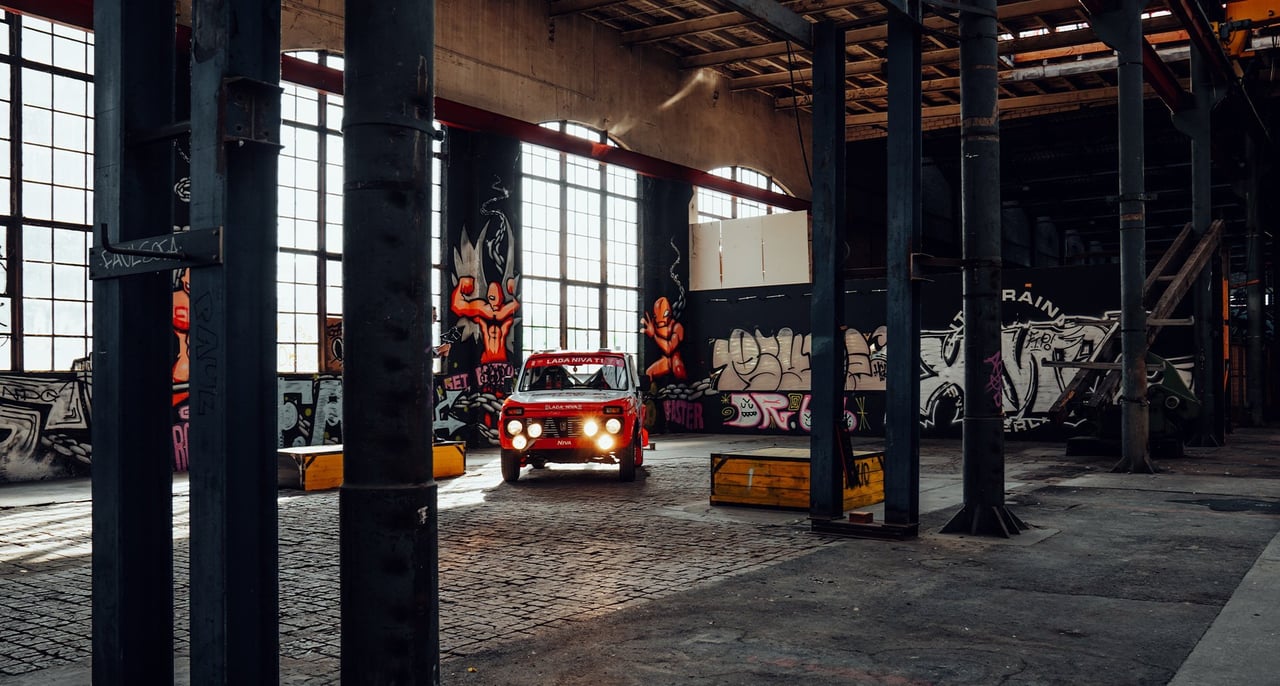
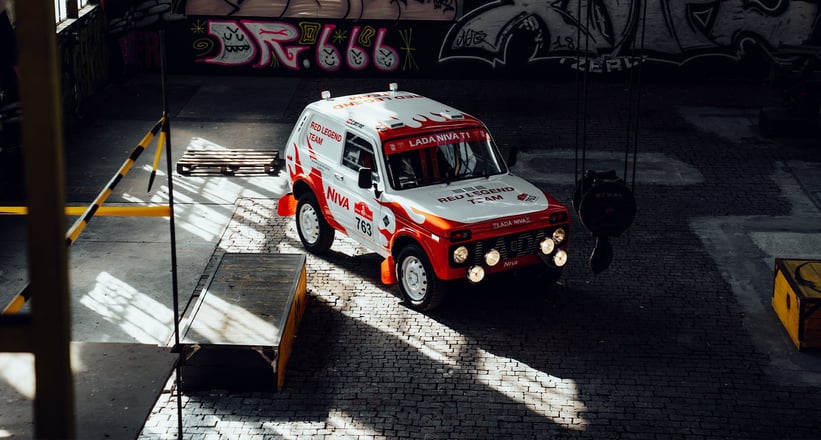
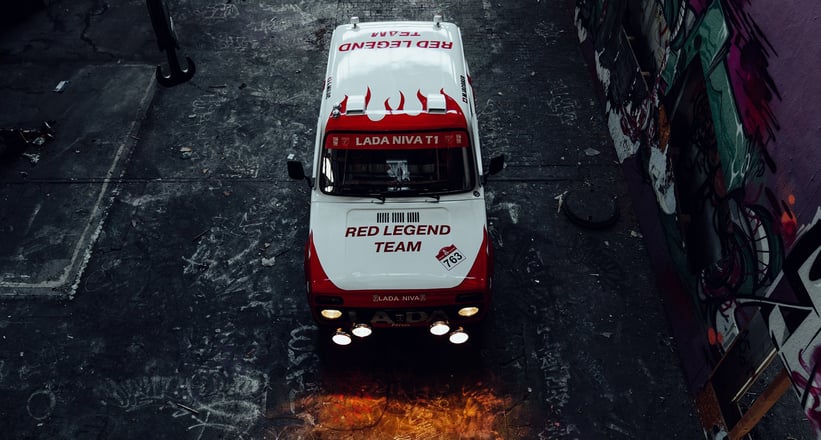
Finally, how confident are you feeling heading in to the rally?
Mario: "We are as ready as you can be considering we embarked on this amazing adventure less than 11 months ago! Our goal is to be at the finish line of the 14th of January. There's a lot of competition with 145 contestants and we are Dakar Rookies, so it will be interesting to see how we will perform. It will be a steep learning curve, but we'll definitely have lots of fun!"
Mario, Sladjan, thank you so much for your time. We wish you success at the Dakar Classic next year!
Photos: Alpineracer
































